Large green peppers, also known as bell peppers, are a staple in kitchens worldwide. They're not spicy but offer a unique crisp texture and mild, slightly bitter flavor that enhances many dishes. This guide covers everything you need to know about large green peppers, from their characteristics to cooking techniques and health benefits.
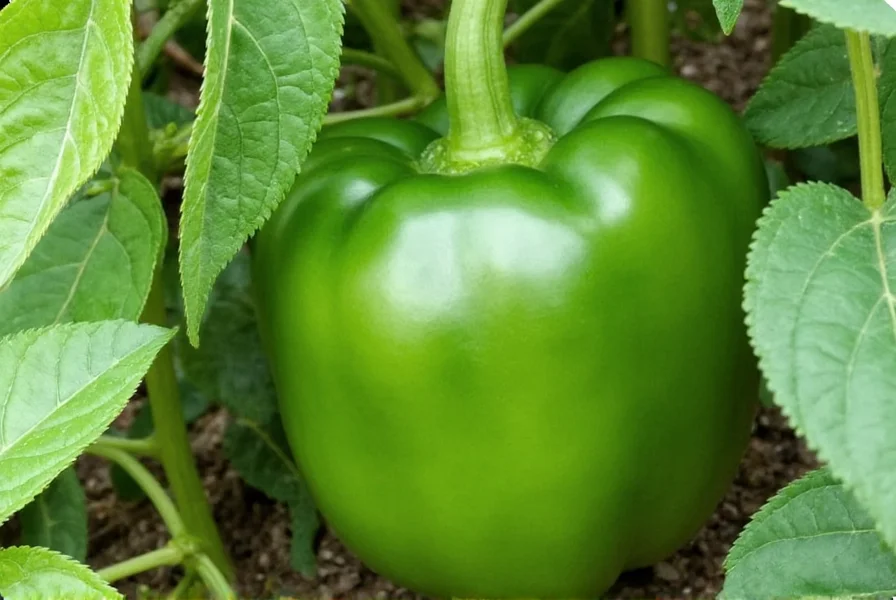
What Exactly Is a Large Green Pepper?
Large green peppers are bell peppers harvested before full ripeness. Unlike red, yellow, or orange bell peppers that mature longer on the vine, green peppers are picked early, giving them a crisper texture and slightly more bitter edge. They're actually unripe versions of red, yellow, or orange bell peppers.
| Type | Color | Flavor | Texture |
|---|---|---|---|
| Large Green Pepper | Green | Mild, Slightly Bitter | Crisp |
| Red Bell Pepper | Red | Sweet | Tender |
| Yellow Bell Pepper | Yellow | Fruity | Soft |
Flavor Profile & How It Stands Out
The large green pepper brings a unique flavor to the table — not spicy like chili peppers, but earthy with a hint of bitterness. When raw, it's crisp and juicy; when cooked, it softens and blends beautifully into sauces and salsas. Its mild flavor makes it ideal for layering tastes without overpowering other ingredients.
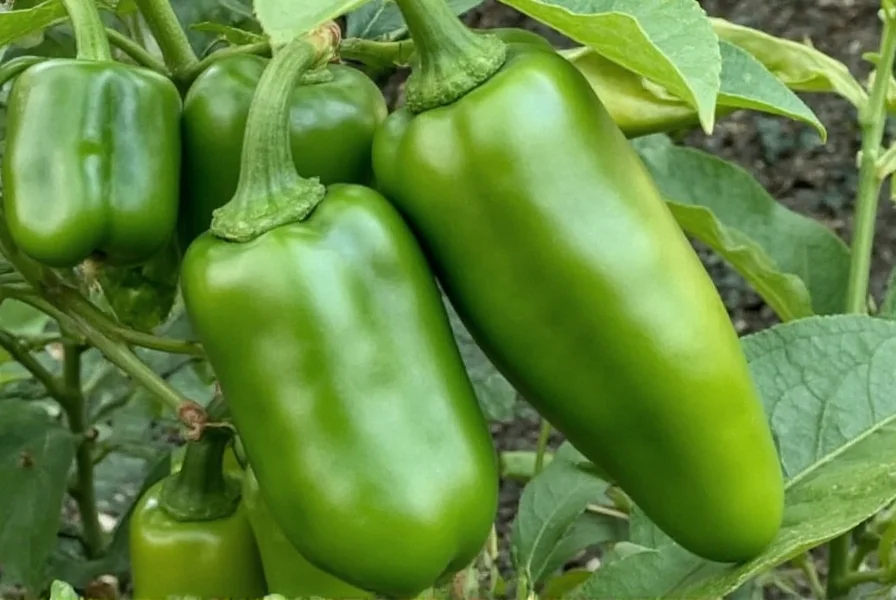
5 Essential Cooking Tips for Large Green Peppers
- Roast for Richness: Roasting enhances the sweetness and gives it a smoky undertone. Try it under the broiler or over an open flame.
- Stuff It: Fill halved peppers with rice, cheese, ground meat, or quinoa and bake until tender.
- Chop It Raw: Use in salads or pico de gallo for a crunchy contrast.
- Pair with Garlic: Cook with minced garlic to unlock deeper flavors.
- Add to Stir-Fries: Toss into a hot wok with soy sauce and veggies for a quick weeknight meal.

Why Your Body Will Love This Nutrient-Packed Vegetable
Despite not being technically spicy, large green peppers pack a nutritional punch:
- Vitamin C Boost: One medium pepper contains over 95mg of vitamin C — more than 100% of the daily recommended value.
- Low in Calories: Only 24 calories per medium pepper, perfect for guilt-free snacking or cooking.
- Fiber-Rich: Provides 2.5g of fiber per serving, helping keep digestion smooth and blood sugar steady.
- Antioxidants: Contains lutein, zeaxanthin, and beta-carotene that fight inflammation and support eye health.

Buying Guide: Picking the Perfect Green Pepper
Choosing the right large green pepper is key to getting the most flavor and freshness. Here's what to look for:
| Feature | Description |
|---|---|
| Color | Bright, uniform green — avoid dull or overly dark ones |
| Texture | Firm to touch, with no wrinkles or soft spots |
| Size | Look for plump peppers — larger ones are often sweeter and less bitter |
| Stem | Fresh and green — if it's brown or dry, the pepper may be past its prime |
Recommended Products
- Fresh Organic Bell Peppers (Pack of 6): Locally grown and pesticide-free. Best for salads and fresh eating.
- Premium Green Peppers – Bulk Bag: Great for roasting and stuffing. Ideal for family meals and meal prep.
- Pickled Green Peppers in Glass Jar: Tangy and ready-to-eat. Perfect for sandwiches, wraps, and charcuterie boards.
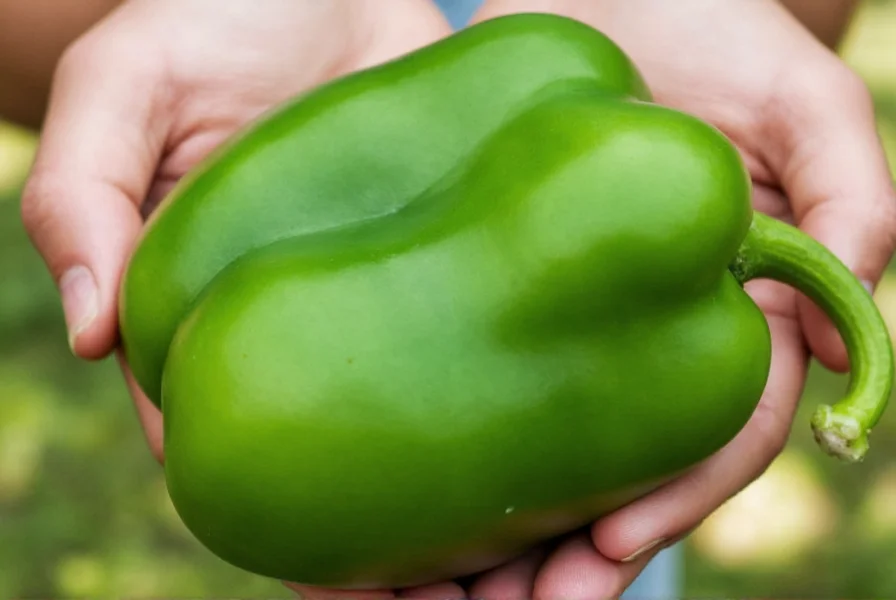
Global Uses: From Tacos to Tagines
This humble pepper has made its way into cuisines around the world. Here's how different cultures use it:
- Mexico: Used in salsas, tacos al pastor, and as a grilled garnish for soups.
- Italy: Found in stuffed pasta dishes and slow-cooked ragùs.
- Morocco: Often added to tagine recipes for color and crunch.
- United States: Popular in Philly cheesesteaks and as a pizza topping.
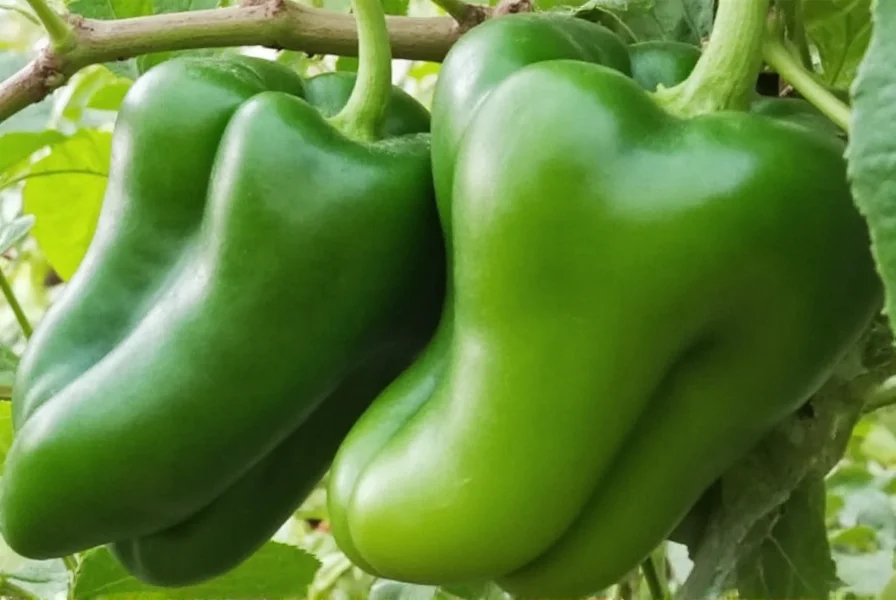
Storing and Preserving Like a Pro
You want your peppers to last, right? Here's how to store them properly:
- Refrigeration: Store whole peppers in a plastic bag in the crisper drawer for up to a week.
- Freezing: Slice and freeze flat on a baking sheet before transferring to a freezer-safe bag. Lasts up to 6 months.
- Drying: Hang in a well-ventilated area or use a dehydrator for a smoky twist.
- Pickling: Extend shelf life while adding zesty flavor — perfect for snacks or condiments.
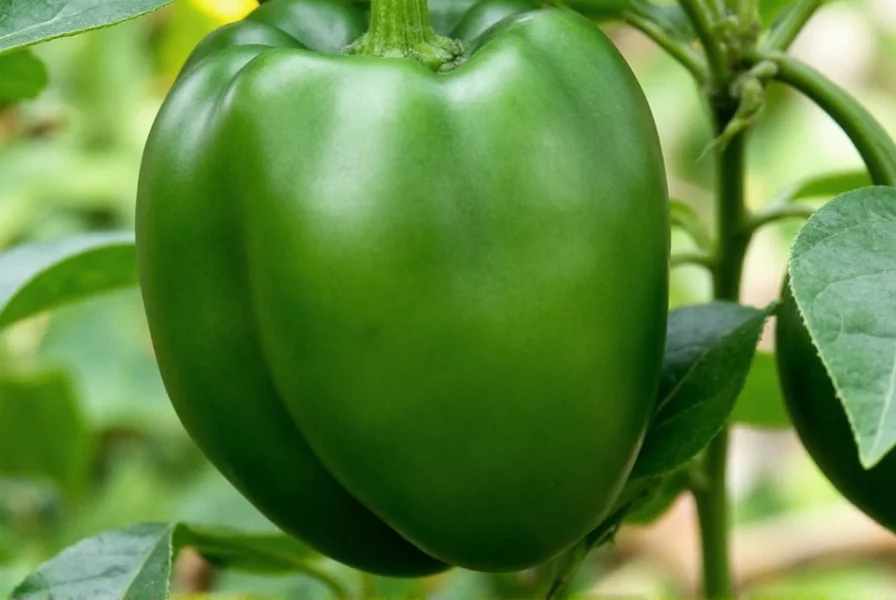
Frequently Asked Questions
Why are my green peppers so bitter?
Green peppers naturally have a slightly bitter flavor because they're harvested before full ripeness. This bitterness is more pronounced when eaten raw. To reduce bitterness, try roasting, sautéing, or grilling the peppers, which caramelizes their natural sugars and brings out their sweeter notes. Removing the seeds and white pith can also help minimize bitterness.
How can I reduce the bitterness in green peppers?
There are several effective methods: 1) Roasting or grilling brings out sweetness through caramelization; 2) Sautéing with onions and garlic enhances flavor; 3) Adding a pinch of sugar when cooking balances bitterness; 4) Soaking sliced peppers in salt water for 15-20 minutes before use can draw out some bitter compounds; 5) Cooking them longer in dishes like stews allows their flavor to mellow and blend with other ingredients.
Are large green peppers spicy?
No, large green peppers (bell peppers) are not spicy. They belong to the Capsicum annuum species but have been bred to have zero capsaicin, the compound that creates heat in chili peppers. What you're experiencing is a different kind of flavor complexity — a mild bitterness and earthiness, not actual spiciness. If you're looking for heat, you'd need to use jalapeños, serranos, or other chili varieties.
What's the difference between green peppers and other colored bell peppers?
The main difference is ripeness. Green peppers are simply unripe red, yellow, or orange bell peppers. As they mature on the plant, they change color and develop sweeter flavors. Green peppers have a crisper texture and slightly bitter taste, while their more mature counterparts are sweeter and softer. Green peppers also contain more chlorophyll and slightly different nutrient profiles compared to their riper versions.
How do I properly roast green peppers to enhance their flavor?
For perfect roasted green peppers: 1) Place whole peppers directly over a gas flame, under the broiler, or on a grill; 2) Turn frequently until all sides are evenly charred (about 10-15 minutes); 3) Place in a covered bowl or paper bag for 10 minutes to steam, which loosens the skin; 4) Peel off the blackened skin, remove seeds and stem; 5) Slice or dice as needed. This process transforms their flavor from slightly bitter to sweet and smoky.
Can I substitute green peppers for other colored peppers in recipes?
Yes, but with flavor considerations. Green peppers work well in recipes where you want a more vegetal, slightly bitter note (like in fajitas or stir-fries). For sweeter dishes (stuffed peppers, salads, or roasted vegetable medleys), yellow or red peppers might be better. When substituting, remember green peppers have a firmer texture that holds up better in cooking, while other colors add more natural sweetness to dishes.
Why do my stuffed peppers turn out watery?
Green peppers contain a lot of water, which releases during cooking. To prevent watery stuffed peppers: 1) Pre-cook the peppers slightly by roasting or blanching before stuffing; 2) Sprinkle the hollowed peppers with salt and let them sit for 15 minutes, then pat dry with paper towels; 3) Avoid overly wet fillings; 4) Place stuffed peppers on a baking rack rather than directly in a dish to allow moisture to drain; 5) Bake until the peppers are tender but still holding their shape.
Final Thoughts: A Must-Have in Every Kitchen
The large green pepper might not scream "spice," but it deserves a spot on every cook's radar. Whether you're a home cook or a pro chef, this versatile ingredient adds depth, nutrition, and visual appeal to your dishes. So next time you see a bunch at the market, don't pass them by — they're more than just colorful filler. They're kitchen gold.

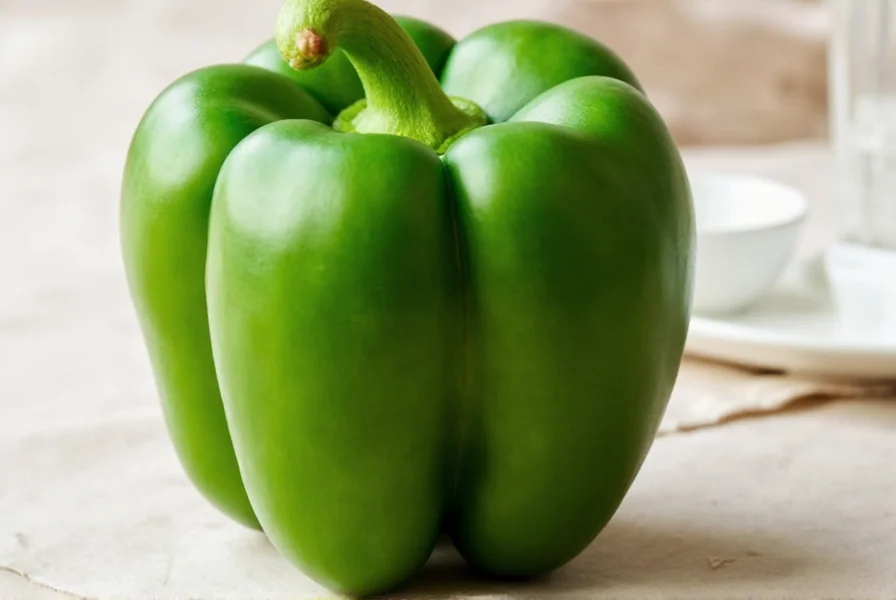









 浙公网安备
33010002000092号
浙公网安备
33010002000092号 浙B2-20120091-4
浙B2-20120091-4